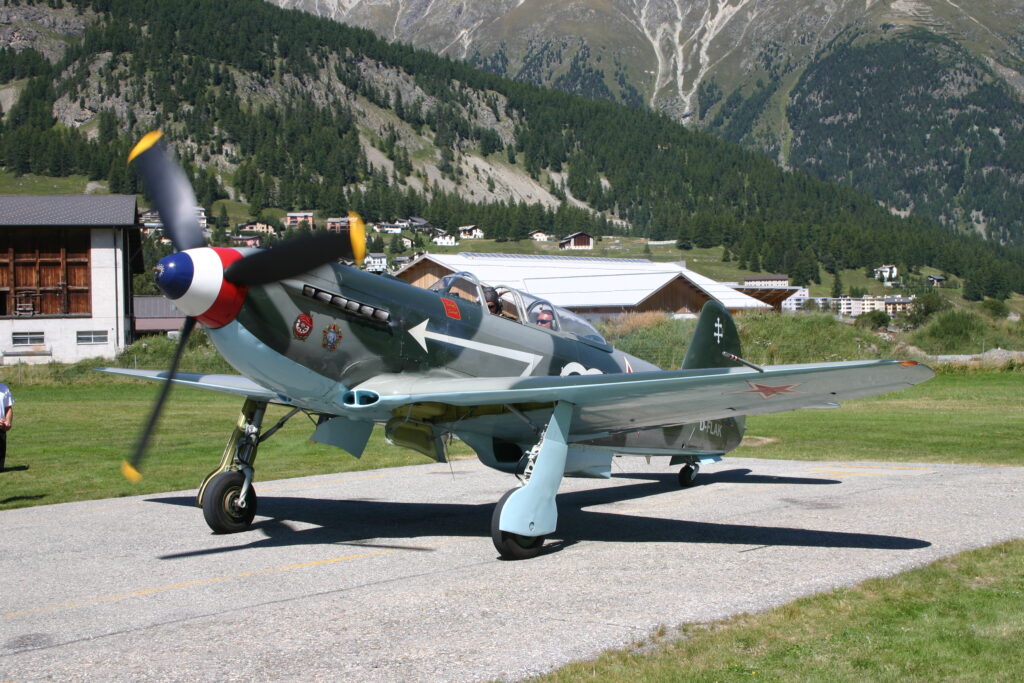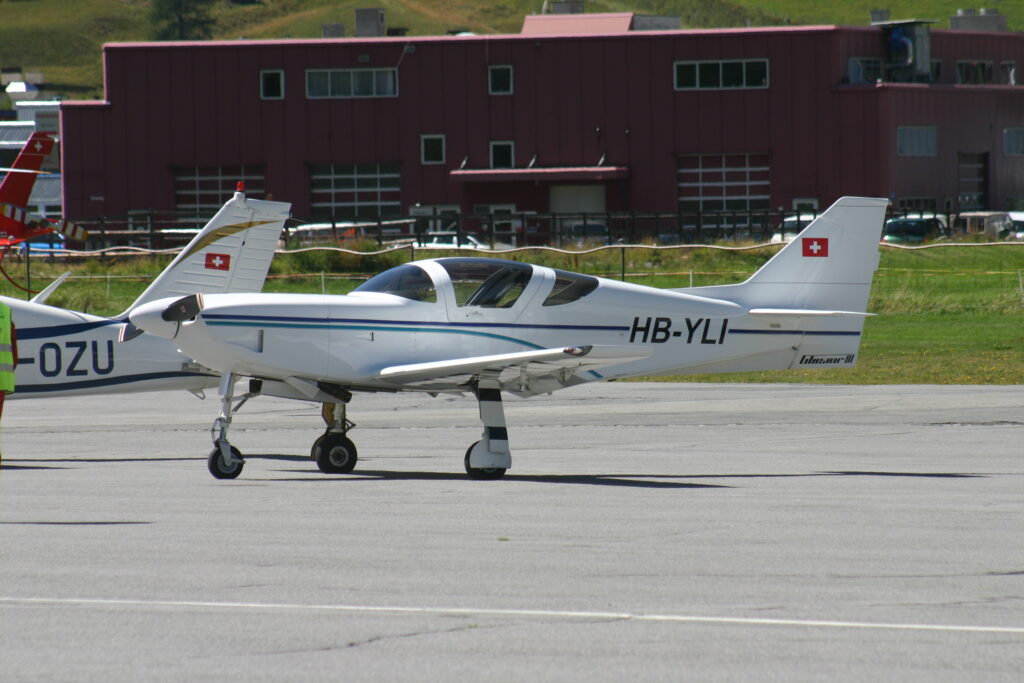15.08.2007: I am back from my vacation and dived straight back into the options question. I realized that I don’t have time until the end of September to decide which ones to order, but only until the 1st of September, so pressure rises.
Panel
I have done design studies for three possible panel layouts. The one selected will of course be refined in more detail as I want to include warning lights, used a different type of switch and add storage space for pens, maps etc. For the basic decision on the technology they drawing below are however sufficient.
All Analog-Layout

The “all analog” version is based on the analog 6-pack option of CZAW, with an AvMap IV GPS, Filser 8.33 kHz radio, Filser Mode-S transponder, PS Engineering Intercom and TruTrack autopilot.
This version has all the functions I want to have at the lowest cost possible (which does not mean low cost…). The disadvantages are that it is probably the heaviest version, as well as the most complex with regard to wiring. On the other hand it is the most “conventional” one, which makes transition from/to other planes easy.
Mixed-Layout

The “mixed” version is still based on the analog 6-pack option of CZAW, bit with a Dynon D120 EMS or even a Dynon D180 with both engine management and flight instruments, again with the AvMap IV GPS, Filser 8.33 kHz radio, Filser Mode-S transponder, PS Engineering Intercom and TruTrack autopilot.
This version gives the highest degree of redundancy (with the D180), as the primary instruments are doubled. It would probably be a good starting point for an IFR panel, especially with the internal backup battery of the Dynon, but again with the penalty of a relatively high weight and complex wiring. It is probably also the most expensive solution.
All-Digital-Layout

The “all digital” version is based on the Dynon option of CZAW, enhanced with the new Dynon HS34 expansion module which makes it possible to couple the GPS to the HSI and to input various data values with knobs, again with the AvMap IV GPS, Filser 8.33 kHz radio, Filser Mode-S transponder, PS Engineering Intercom and TruTrack autopilot. The AvMap uses the same LCD as the Dynon, which would probably give quite a nice overall look.
This version is definitely the most “jet”-like, the lightest one and the simplest one to wire as all Dynon devices are connected by a serial bus. It also offers the most extensive functionality. It is however more expensive than the all-analog one. It would probably also be good for a training aircraft, as both student and instructor have their own primary flight instruments.
Other options
For the following options I have finally taken a decision:
Propeller: I will go for the Sensenich two blade ground adjustable propeller. It has nickel leading edges for protection against wear as well as very sturdy blades. I saw it for the first time when test flying a RANS S-16 at the RANS factory in Hayes, Kansas and Randy Schlitter, CEO of RANS, was very happy with it. I had a closer look at it at the Aero 2007 in Friedrichshafen, Germany this spring, where Sensenich showed cross sections of the blades that proved a very sturdy and solid design. I have heard so many complains about light weight propellers used on ultra light planes, as well as about unreliable mechanisms in adjustable light weight propellers, so selecting the Sensenich represents the low risk approach. Of course an in flight adjustable propeller might give a few more knots of cruise speed, but it also adds a few k$ to the price of the plane and kg to the empty weight. In addition my co-builder will be a low time pilot, an adjustable prop seems therefore an unnecessary complication.
Interior: I will go for the leather option, as the interior is much more exposed to the sun as in many other planes due to the large canopy, and leather is probably more durable under such conditions. Leather is also easier to clean and more comfortable. In addition the price difference is very small.
Wheel Fairings: It would be a crime not to install them on a plane with the sleek lines of the SportCruiser just for the look of it, even if they would not give any speed advantage, so they are of course in.
Parking Brake: This is a must in my opinion. Of course you have to uses chocks when parking for a longer time and tie downs for any overnight stay, but using chocks just to go and drink a coffee at the airport restaurant on a nice day seems a bit of a nuisance to me. A parking brake is also handy when warming up the engine, as a light plane like the SportCruiser probably starts rolling quite easily even when idling, especially on pavement.
Locking Fuel Caps: I know Chips opinion that somebody can still steal fuel through fuel drains too, but at least nobody can put something into the tanks easily with locking fuel caps.
25.08.2007: Today I went to Samedan airport for work, where I saw quite a few nice planes, such as this Yak-3…


…and this homebuilt Glasair III

29.08.2007: As I mentioned earlier I am finalizing the options list for our plane. After many thoughts I am now tending towards an all digital panel as shown above. The main reasons for my change of mind are the ones mentioned earlier:
- added functionality
- future proof
- light weight
- high reliability
In addition, if I add a small gyro to the backup ASI and altimeter then I am nearly achieving the night VFR minimum equipment list, which would be another advantage.